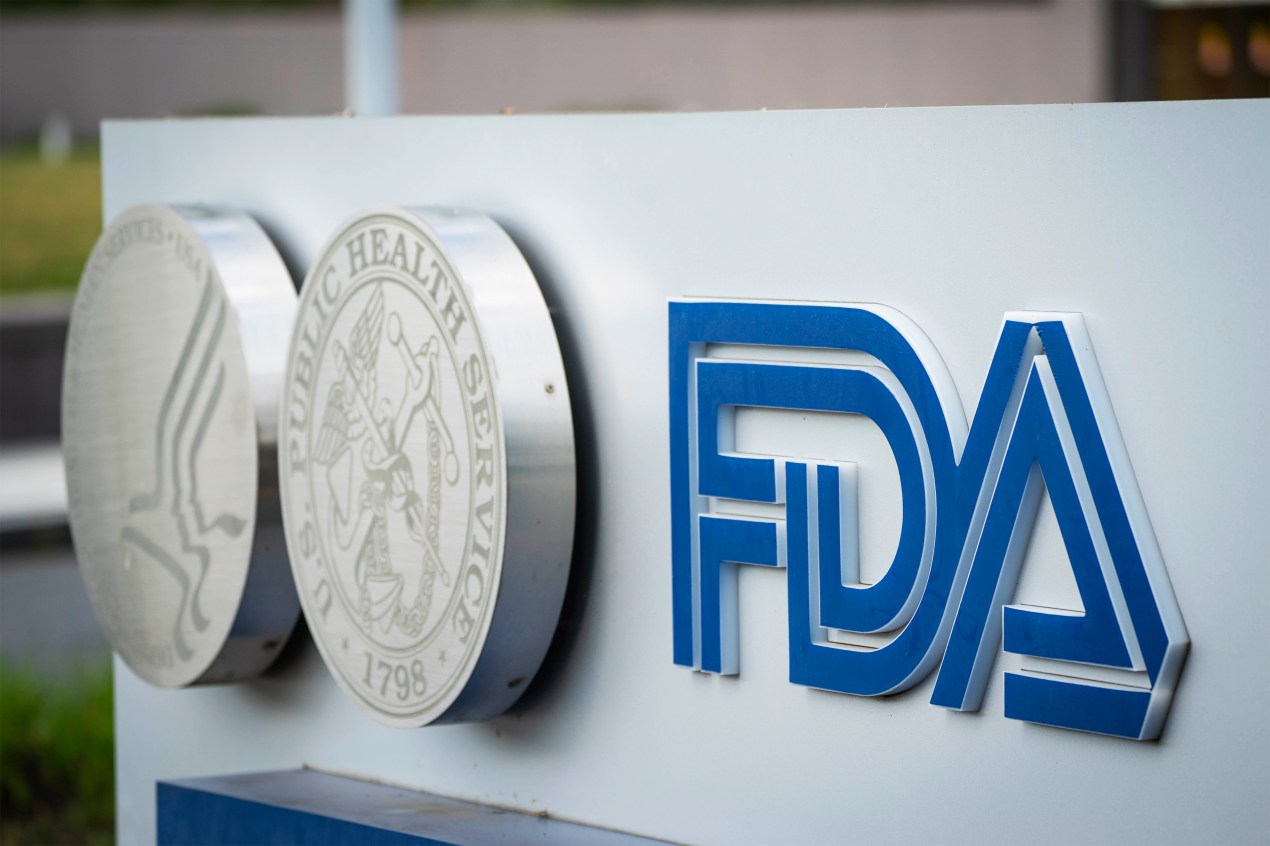Unexpected Departure at the FDA
Vinay Prasad stepped down as chief medical officer at the Food and Drug Administration and as director of the Center for Biologics Evaluation and Research after a short three month term. Multiple insiders confirmed his exit late Tuesday, catching many off guard given his high profile appointment. Health and Human Services spokesperson Andrew Nixon said the agency saw no benefit in having its leader under constant public scrutiny and that Prasad wanted to return to California to be with his family.
Gene Therapy Dispute With Sarepta

Prasad’s exit followed a clash between the FDA and Sarepta Therapeutics over its gene therapy for Duchenne muscular dystrophy. The agency asked Sarepta to pause shipments of Elevidys after three patients suffered acute liver failure and two died. The third death involved a 51 year old man treated in a separate trial. The FDA opened an inquiry after an eight year old patient in Brazil died on Friday. Within one business day the agency declared that the death did not link to the therapy and suggested lifting the hold for patients who could walk.
Sarepta first resisted the FDA’s request but later chose to halt distribution of Elevidys on Monday night, citing safety concerns and ongoing talks with regulators. Critics argue the company acted too slowly and put patient safety at risk, while supporters say the treatment offers hope to families facing a progressive disease.
Political Backlash Fuels Resignation

Prasad faced fierce attacks from right wing activists who accused him of working against the Trump administration’s health agenda. Laura Loomer led a campaign online, calling him a saboteur and a Trojan horse in the administration’s health push. The attacks gained steam after Wall Street Journal opinion editor Allysia Finley likened Prasad to a “Bernie Sanders supporter” disguised as a Trump official and referred to him as a “one man death panel.”
Critics focused on his past research into conflicts of interest in medicine and his criticism of high drug prices—views that some saw as at odds with conservative goals to support pharmaceutical firms. This tension left Prasad caught between two sides, and sources say he grew weary of the fight and the constant headlines.
Looking Ahead for the FDA
The FDA now faces the task of naming a replacement while managing ongoing safety reviews and public trust. The agency must keep a firm grip on critical therapies for rare diseases without letting politics derail its work. Patients and families depend on clear guidance, and any delay could affect access to treatments that lack alternatives.
Personal Analysis
It seems the FDA moved too fast to clear use of the therapy with limited data, and that split the agency’s focus. At the same time, political pressure on a safety expert set the stage for a swift exit. Both sides look to have lost ground. Patients who need new treatments may face longer waits while regulators sort through safety questions.
The debate over drug costs and company profits will only grow as new therapies come forward. The FDA must find a leader who can balance science, patient needs, and the public spotlight without letting outside voices decide its course.
Sources: cnn.com

